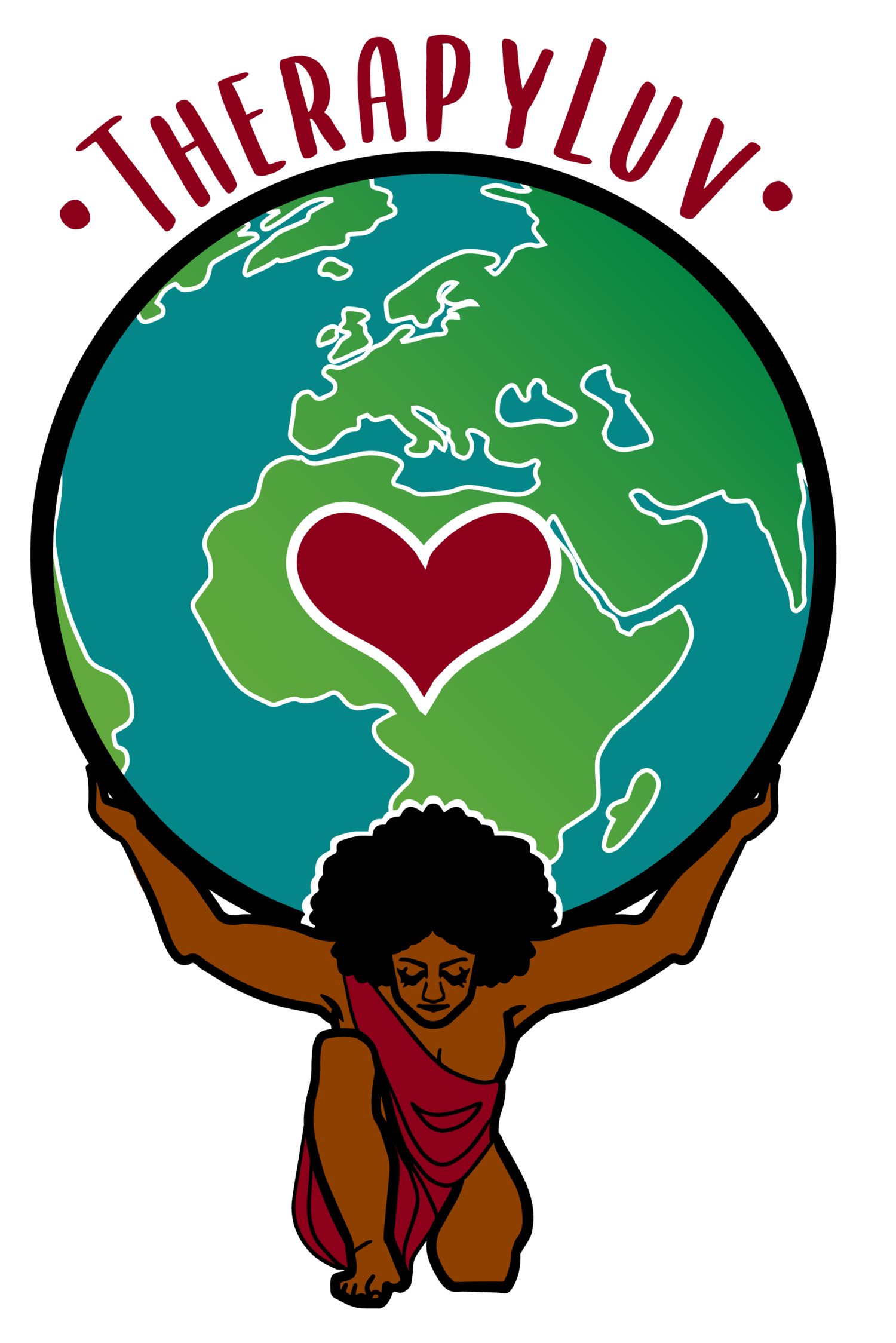What is EMDR?
EMDR stands for Eye Movement Desensitization Reprocessing.
It’s based on the Adaptive Information Processing Model (AIP) which basically states that trauma is stored in the neural networks of the brain.
Traumatic memories are connected to negative emotions and cognitions (thoughts) so the aim of EMDR is to change those and take the sting out of traumatic memories through a process called bilateral stimulation (BLS) which creates new neural networks. This can be done through eye movements, tapping and even bilateral sound techniques.
We can use it for things like fear of flying, loss of loved ones, breakups, birth traumas and racialized traumas. I see a lot of BIPOC clients who want to use EMDR to address the impact of racism on their body, since trauma is stored in the body.
We used to use terms like big T (military combat, natural disasters, DV, etc) and little t traumas (breakups and attachment traumas such as not getting enough hugs from parents). We can use EMDR for both of these types of trauma. I love using a process called “float backs” with clients where I try to understand their first or worst time they experience a certain emotion, behavior or experience. Then I work with the person they were then, by bringing that part of the client into the session and helping them process the trauma through EMDR as well. For instance, have you ever thought about a certain behavior or belief you have about yourself and where that started? Such as perfectionism? Or where you learned to view your body negatively? I can help clients narrow this down to a specific moment with a float back and work to heal that part.
“Have you ever thought about a certain behavior or belief you have about yourself and where that started?” -Lindsay Love
To me, EMDR is a part of liberation work with my clients from historically marginalized groups. We can focus on negative beliefs that come from oppressive beliefs about clients based on race, class, gender, sexuality, ability, etc, and change them to more positive beliefs that help a client change the way they view themselves. For example, I've found it useful for confronting body image issues that come out of fatphobia.
I am so excited by what EMDR offers clients that I will be talking about it quite a bit in the months and years to come. Check back next month when I’ll break down the ways EMDR is different from other therapies and modalities.
As always, if you or someone you know may benefit from this type of approach, don’t hesitate to reach out.

